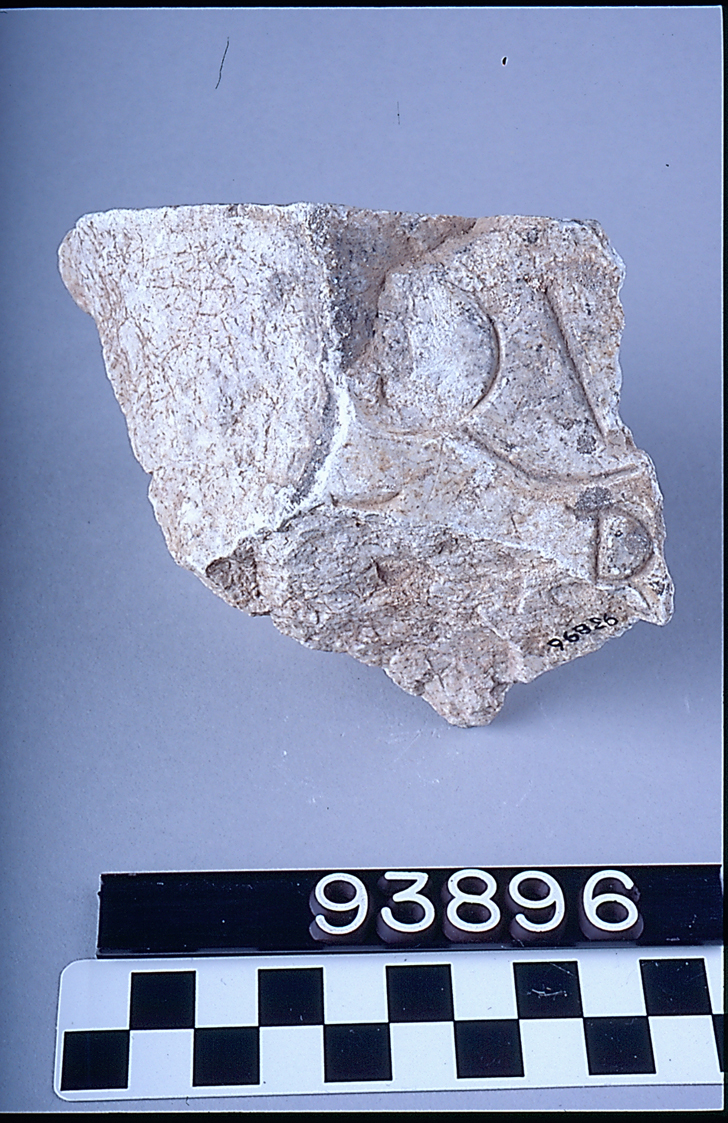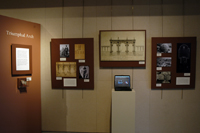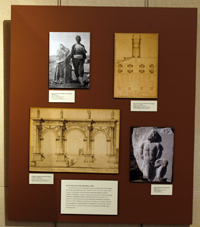
Duderstadt Gallery: Section 3 - Triumphal
Arch
When the emperor Augustus dispatched a colony of Roman veterans to settle at Pisidian Antioch in 25 BC, he charged them with the responsibility of spreading Roman culture and values to the “barbaric” mountain tribes of northern Pisidia. As a result, the Roman veterans transformed Antioch into what one scholar has called “a little Rome on the borders of Phrygia and Pisidia,” complete with buildings and institutions of the type found in the imperial capital. At the center of this new Rome stood a lavish Imperial Cult Sanctuary dedicated to the living emperor, Augustus, and the imperial family. The Roman colonists constructed this sanctuary not only to demonstrate their loyalty to the emperor but also to win the hearts and minds of the local Antiochene population.
The sanctuary was entered through an impressive, triple-arched gateway dedicated to Augustus in the year 2 BC, the same year in which he was named Pater Patriae, “Father of the Country.” As is clear from a reconstruction drawing by Frederick J. Woodbridge, the gateway (propylon) was built in the form of a Roman triumphal arch. The triple arch was decorated with a series of sculptures that celebrated Augustus’s victories on land and sea and with a Latin copy of his official autobiography, the Res Gestae. In the context of colonial Antioch, this ideologically charged program of text and images articulated a compelling statement of the legitimacy of Roman rule.

Fragment of the Preamble to the Res
Gestae of Augustus
Roman, 1st –Century AD
From the Triumphal Arch (Propylon)
White limestone
Kelsey Museum, 9.3896
U-M Excavations at Pisidian Antioch, 1924
Digital Photograph
Randy Stegmeyer



